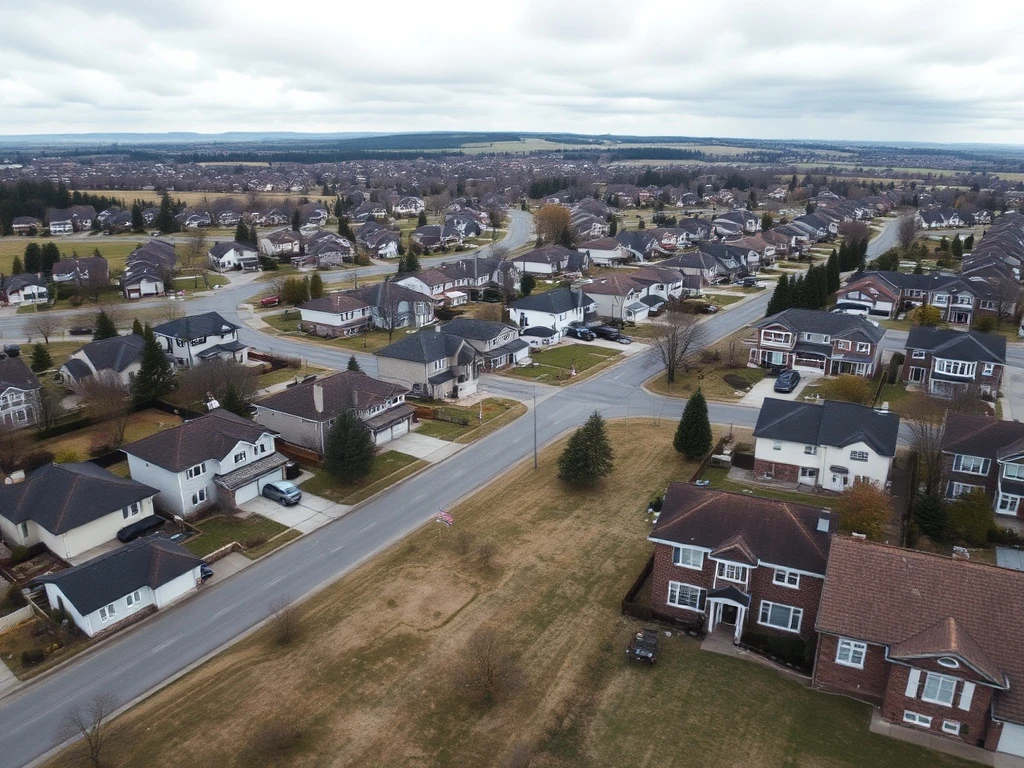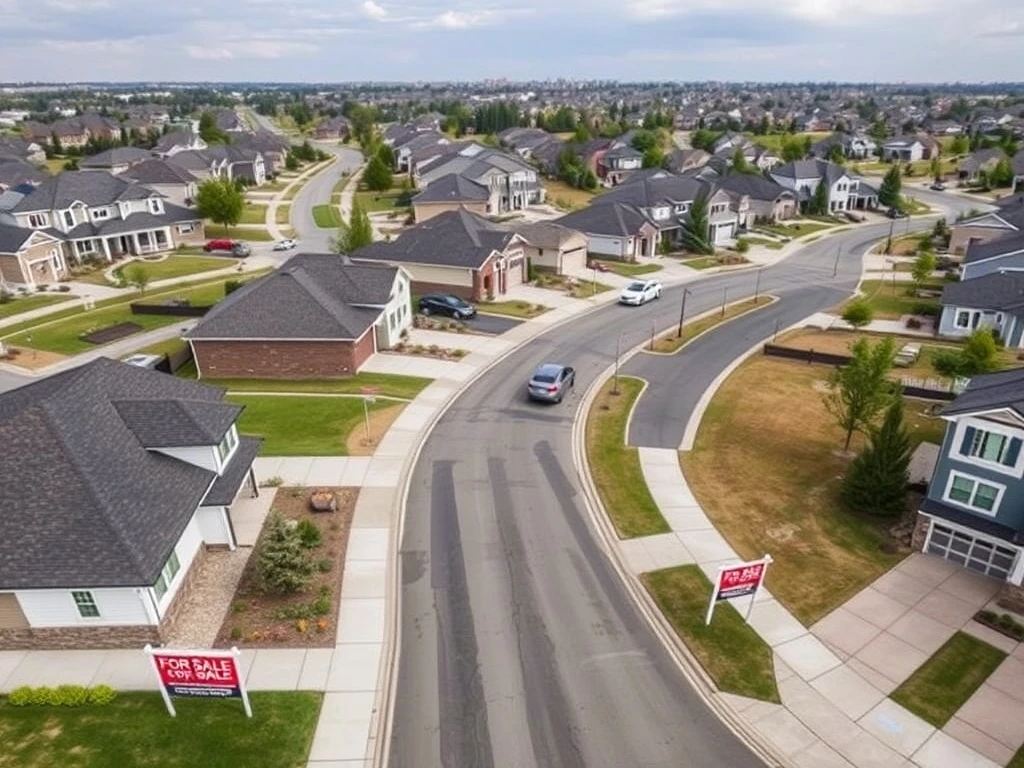The real estate market faces a significant shift as homes are taking longer to sell across major metropolitan areas. Current data reveals properties now sit on the market 40% longer compared to last year, creating the highest inventory levels since the pandemic began. This dramatic change affects both buyers and sellers in unexpected ways.
Market Dynamics Behind Homes Taking Longer to Sell
Several factors contribute to homes taking longer to sell in today’s market. Rising mortgage rates have reduced buyer purchasing power significantly. Additionally, economic uncertainty makes consumers more cautious about major financial decisions. The pandemic-driven buying frenzy has clearly ended, creating a more balanced market environment. Consequently, sellers must adjust their expectations and strategies accordingly.
Inventory Levels Reach Post-Pandemic Highs
Current housing inventory has reached levels not seen since 2019. Active listings have increased by 35% year-over-year in most markets. This surplus gives buyers more options and negotiating power. However, it also means homes are taking longer to sell as competition intensifies. The market has clearly shifted from the extreme seller’s advantage witnessed during peak pandemic times.
Pricing Adjustments and Seller Strategies
Smart sellers adapt when homes are taking longer to sell. Many now implement strategic price reductions after initial listing periods. Effective staging and professional photography become crucial differentiators. Some sellers offer buyer incentives like closing cost assistance. These adjustments help properties stand out in increasingly crowded markets.
Regional Variations in Market Performance
Not all markets experience equal slowdowns. Some regions show homes taking longer to sell more dramatically than others. Sunbelt cities that saw massive pandemic migration now face particular challenges. Meanwhile, more affordable markets maintain relatively stable sales paces. Understanding local conditions remains essential for accurate market assessment.
Future Outlook and Market Predictions
Experts predict the trend of homes taking longer to sell will continue through 2024. Economic factors suggest a gradual market normalization rather than crash. Inventory levels should stabilize as new construction catches up with demand. Buyers will enjoy more selection while sellers need patience and realistic pricing strategies.
Frequently Asked Questions
Why are homes taking longer to sell now?
Higher mortgage rates and increased inventory have created more balanced market conditions, reducing the urgency buyers felt during pandemic markets.
How much longer do homes stay on market compared to 2022?
Properties now average 40-50 days on market, representing a 40% increase from the 30-day averages seen during peak pandemic buying.
Should sellers be worried about homes taking longer to sell?
Not necessarily. The market is normalizing rather than collapsing. Proper pricing and marketing still yield successful sales, just with longer timelines.
Do certain price ranges experience more slowdown?
Luxury homes and entry-level properties show different patterns, with mid-market homes generally maintaining more stable sales paces across most regions.
What strategies help when homes are taking longer to sell?
Professional staging, strategic pricing, quality photography, and buyer incentives have proven effective in competitive market conditions.
Will this trend continue through 2024?
Most analysts expect continued normalization with modest inventory growth and balanced market conditions persisting throughout the coming year.







